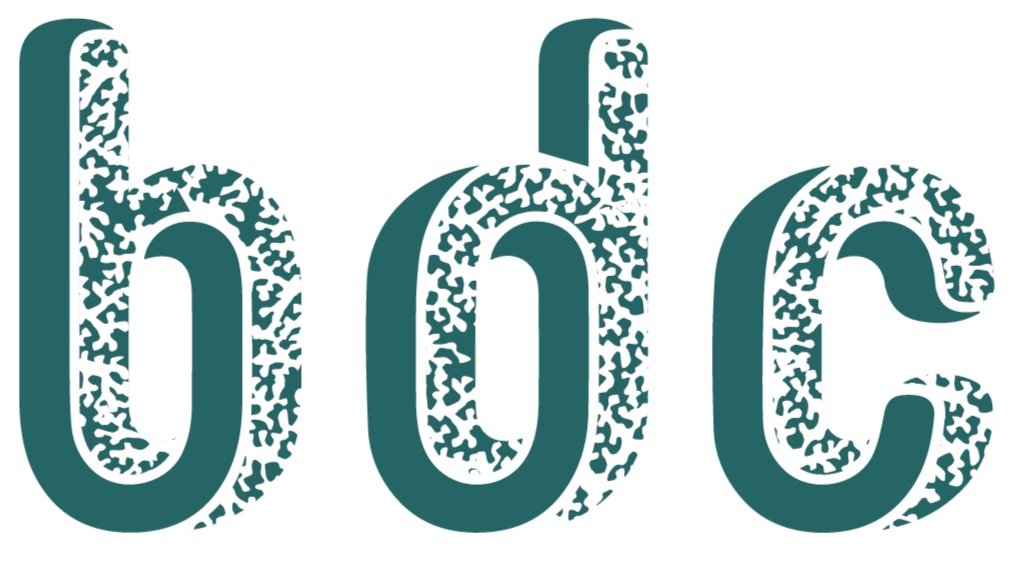Northumbria University
PROJECTS 2025
Co-Culturing Craft: Reimagining Fashion
finalist project
Myles Beasley, Melanie Kyles, Elise Waters
Co-Culturing Craft revitalizes fashion trims by growing ornamentation from bacterial cellulose, a living material shaped through care and collaboration. Embracing sustainable hedonism, the Bio Haberdashery is proposed as a space where biomaterials, fashion craft, and community unite. This initiative blends tradition with innovation, encouraging makers and wearers to embrace regenerative cycles over extractive consumption. It challenges the fashion world to rethink adornment as an act of cultivation and connection rather than mere consumption, offering a joyful, sustainable approach to beauty and craft in response to today’s environmental and social needs.
Instructors 2025
Dr Donna Leishman is an Associate Professor in Communication Design at Northumbria University, UK. Prior to this she was Head of Communication Design at The Glasgow School of Art and at Dundee University. She is a digital media practitioner and interdisciplinary researcher. In her career she has explored the intersections of games, digital humanities and more recently, participatory and critical design.
Matteo Conti is an Assistant Professor in Design Innovation, and a specialist in industrial & transportation design practice. As he leads the MA/MSc Multi-Disciplinary Innovation course at Northumbria University, Matteo focuses on ongoing industrial and academic collaboration for research purposes alongside commercial value for business through contracted studio and consultancy projects.
Sophie Wetherell is an Assistant Professor and leads the MA Fashion Design /Sustainable and Ethical Fashion Design. Sophie's research explores the future role of a fashion designer by exploring the space of a 'Re-Designer', through repair and remanufacture.
Additional Instructors
Dr. Katie Gilmour is a microbiologist and senior researcher at Northumbria University within Living Construction. Since joining the Hub for Biotechnology in the Built Environment (HBBE) in 2021, she has worked extensively with engineered living materials, particularly bacterial cellulose. Her research explores how microbiology and synthetic biology can shape the future of materials, with a focus on textiles and building applications. She specializes in materials testing for novel biomaterials, integrating recombinant protein production to functionalize living systems. By collaborating closely with architects and designers, she bridges the gap between science and applied design, helping to develop sustainable, bio-integrated materials for the built environment.





